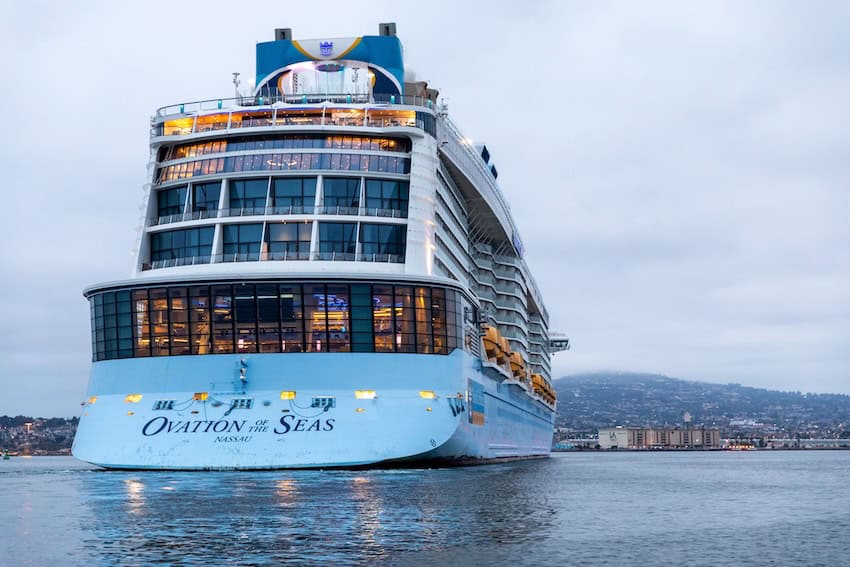Cruise tourism to Mexico has experienced major growth this year at both ends of the country.
From January through April 2025, Progreso’s Puerto de Altura in the Caribbean state of Yucatán received 74 cruise ships with 200,383 passengers — a 131% increase in ship arrivals and a 110.6% increase in cruise ship passengers compared to the same period in 2024.

In April alone, the port of Progreso received 26,135 passengers, up 27.2% compared to the same month the previous year.
The state Ministry of Tourism Development (Sefotur) estimates that 158 cruise ships carrying 400,000 passengers will dock in Progreso by year’s end. That would mean an increase of 35% over last year.
To cope with increasing numbers of cruise ship arrivals, the Puerto de Altura in Progreso, a popular beach destination located less than one hour from Mérida, is undergoing an expansion. With an investment of 12 billion pesos (US $634 million), the infrastructure project seeks to renovate the port and increase its capacity from 80 hectares to 116.
Ensenada welcomes 20% more cruise ships
According to the National Ports System, Ensenada in Baja California received 112 cruise ship arrivals — up 20% over 2024 — and 387,846 cruise ship passengers between January and April, an increase of 38%.
In a presentation on June 11, state Tourism Minister Miguel Aguiñiga Rodrígez said the cruise industry generates an estimated US $74.86 million in Baja California. Official figures estimate that Ensenada will register around 351 arrivals and more than 1.1 million cruise passengers this year.
Ensenada recently celebrated the arrival of the Royal Caribbean’s Ovation of the Seas, the largest cruise ship in the port’s history. Measuring 348 meters in length, it accommodates approximately 4,800 passengers and 1,300 crew members.
“The arrival of the Ovation of the Seas represents a boost to Baja California’s connectivity, while also contributing to the growth of passenger traffic by sea,” the Tourism Ministry said. “This type of cruise reflects the shipping companies’ confidence in the region’s port infrastructure and tourism potential.”
With reports from Yucatán a la Mano and Reporte Índigo
